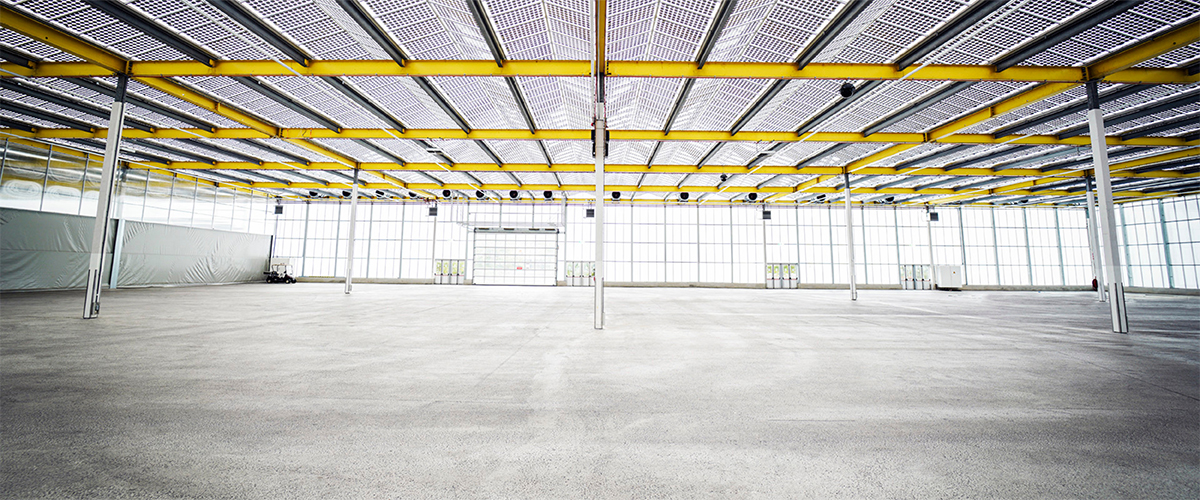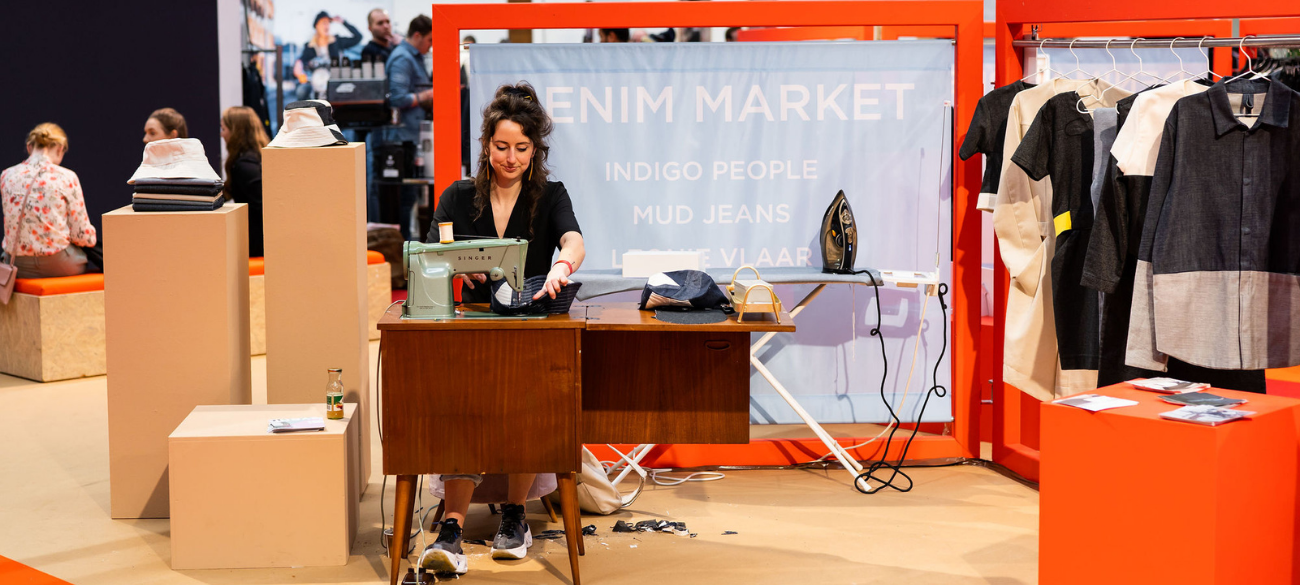EXPO Greater Amsterdam
Stelling 1
2141 SB Vijfhuizen
Crystal Gazing with Kim Poldner: Buy, Borrow, Swap
Looking ahead to what’s on the horizon… the fashion industry does little else. But what does the near future have in store for fashion? What trends and movements can we expect? In our ‘Crystal Gazing’ feature, we put this question to Dutch fashion professionals. In part three of the series, Kim Poldner – Circular Business lecturer at The Hague University of Applied Sciences and initiator of the Circular Fashion Lab at the University of Wageningen – shares her vision of sustainable retail.
Kim Poldner: ‘How can you be a successful retailer not only now, but also in the future? This is one of the questions that we address in the Circular Business research group, part of the Mission Zero Centre of Expertise. The first and foremost answer to this question: by becoming more sustainable and adopting circular enterprise.
"It’s important to know what consumers want when it comes to the consumption of sustainable clothing."
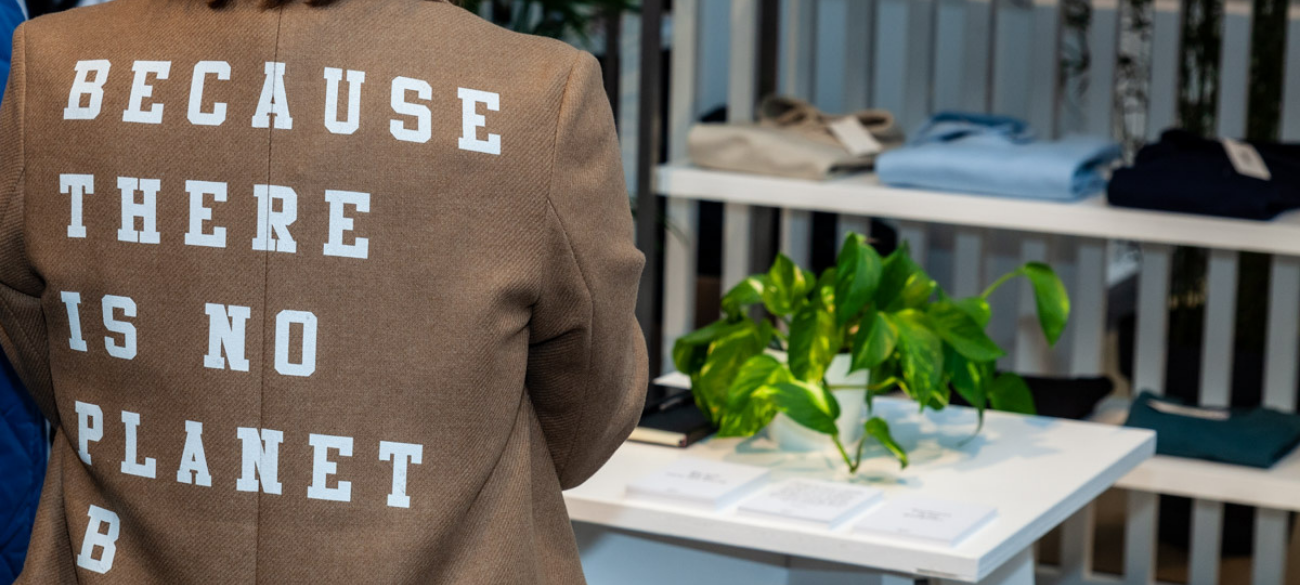
We recently requested funding for a research project related to future-proofing fashion retail. For the Next Fashion Retail project, we unite two groups of multi-brand fashion retailers – purpose-driven retailers and retailers in transition – to enable mutual learning. We are seeing that purpose-driven retailers are great at communicating their values and brands, but that their commercial expertise is often not up to scratch. Lots of retailers are keen to sell sustainable brands, but those brands fail to notch up decent resale figures. For retailers, it’s important to know what consumers want when it comes to the consumption of sustainable clothing. It’s primarily about the factors that the retailers themselves have a hand in, such as customer approach and the so-called ‘points of engagement’: physical and online locations where the consumer and retailer (and their collection) meet.
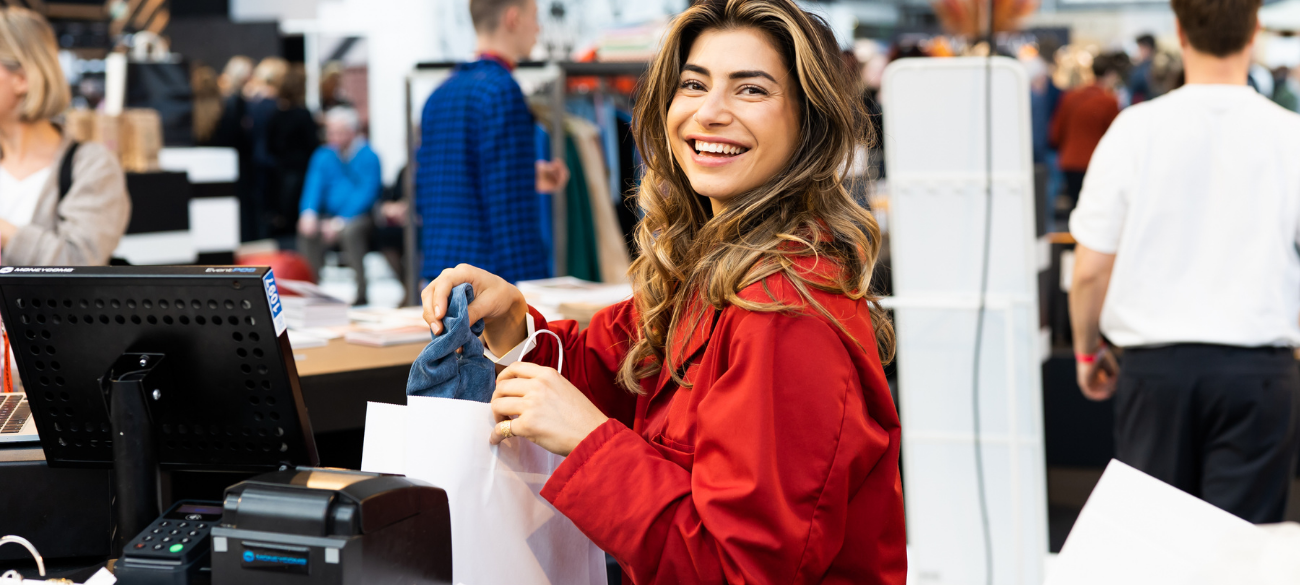
How can fashion retailers use the retail environment to stimulate sustainable clothing consumption, and in doing so, innovate their own business models? What is required to help shop staff persuade customers to head to the cash register with a sustainable brand in their hands? How can we help them improve? Our project is truly focused on the role played by retailers, not only in introducing sustainable brands to consumers, but also in helping raise awareness.
In addition to this project, my research mind inspired me to open the pop-up shop KLEER in the Leidsche Rijn district of Utrecht. KLEER stands for ‘Koop, Leen, Ruil’ (‘Buy, Borrow, Swap’), and provides me with a research environment in which I experiment with various business models: selling clothes, but also lending and swapping them. Selling second-hand clothing is now accepted as a viable business, we’ve come that far. But what’s the deal with exchanging and swapping clothes? To me, it’s terribly frustrating if this is only possible with the help of subsidies. By talking to the customers at KLEER, I hope to discover how we can tackle the issue so that business models such as this become an essential part of the retail landscape.
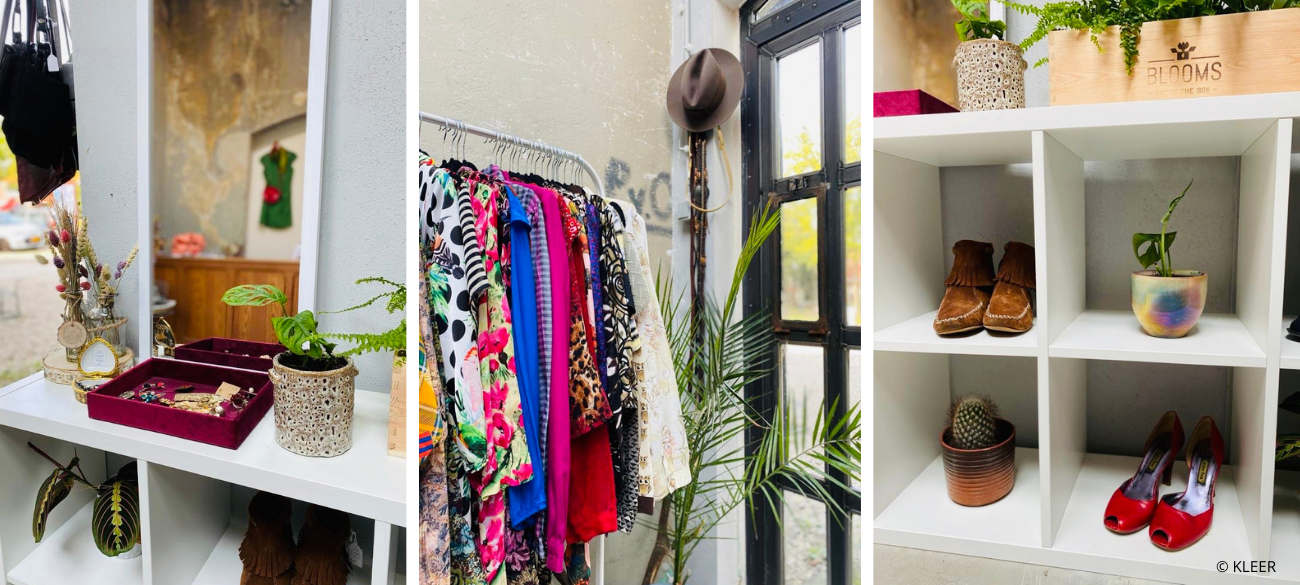
And there’s plenty for the consumers themselves to do: they need to change their purchasing behaviour. Starting with the ease with which clothing is ordered online. In the Netherlands, there’s an extreme sense of the customer always being right. It’s understandable that retailers under pressure – a pandemic, stiff competition – allow free returns, but this also helps perpetuate a certain behaviour. Governmental intervention is the only way to make returns less straightforward. As part of the Circular Textiles Policy Programme, the government is to launch an awareness campaign focused on consumers. The European Commission is working on regulations to reduce the number of returns. I myself am a member of online fashion initiatives that allow you to swap and borrow clothes, but the downside is that packages still need to be sent back and forth. If you ask me, every neighbourhood should have a local ‘walk-in wardrobe’ like KLEER; it brings people together, creates a sense of community and completes the textile chain at a local level.
The good news is: as a retailer in transition, there’s no need to wait for our research findings. It only takes minor adjustments to make your store more sustainable. By buying back garments sold in your store – worn but still good quality – to sell them again, by offering an alteration service, or by reselling your surplus. So much is possible, but the time for action is now’.
Written by Marjolein Stormezand
Share article
